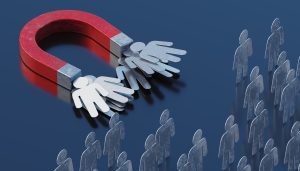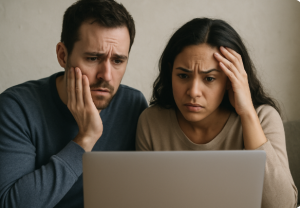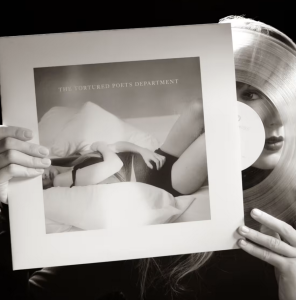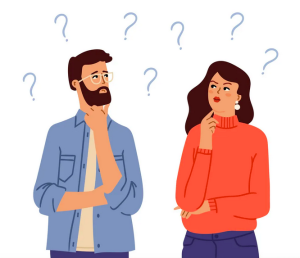In the television show, 1923 (a Yellowstone spin-off), main character Jacob Dutton references a study of ancient tribes which found that societies with fewer than 500 people were able to get along and work communally. That is to say, members focused on doing what was good for the group; they looked after one another. Above that 500-person threshold, the bonds of kinship became diluted, relationship bonds were less durable, and stronger members began to take advantage of the weaker ones.
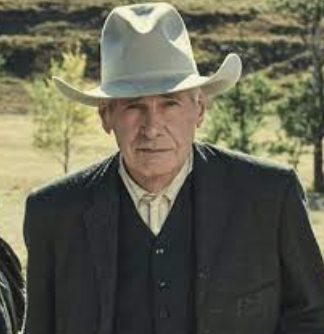
Despite the show being set in the 1920’s, Dutton’s line was probably based on social anthropologist Robin Dunbar’s 1990 research which posits that we’re only capable of maintaining about 150 stable interpersonal connections. This applies to physical and social connections. Why? Because it takes time, intention, and emotional bandwidth to maintain these connections. The research further suggests that when we get to about 500 connections, relationships require much more structure (eg. rules, norms, policing) to keep people behaving in meaningful and socially acceptable ways. This got me thinking about how this relates to people’s behavior on social media.
We’re only capable of maintaining about 150 stable interpersonal connections
-robin dunbar, phd (oxford university researcher)
Ideally, according to the 1923 character’s telling, the government is simply a tool for overcoming “man’s essential nature,” which he views as the innate desire to grab what one wants and to behave as though there are no consequences. We are certainly seeing evidence of this primal behavior online. With the emergence of virtual reality and social media, there is now an entire parallel society that exists where insidious crimes and plain old bad behavior can go unchecked. This is due, in part, to crafty criminals and laws not catching up with technology but also due to the sheer number of workers we’d need to actually do the work of policing EVERYTHING that goes on online. And, this wild west mentality is enabled by the emotional distance and anonymity (real or perceived) we can achieve online. So, how do we create a sturdy accountability structure online like we have in real life? How do we police this large-scale social experiment when we are only capable of maintaining about 150 connections?
I like privacy as much as the next person. I don’t love the idea of the government having eyes on my every move and I’m not even trying to get away with anything nefarious. But, if Jacob Dutton was right, then the Internet with its 4.7 billion users is too big work harmoniously without some oversight. It’s a place where people’s worst instincts can take over and the government needs to help people overcome this essential drive to only look out for themselves at the expense of the weak/vulnerable/uninformed. I’m not sure if I’m making the case for capping social media networks to 150 or 500. Maybe we just need better real-person authentication tools and more accountability measures with built-in (& enforced) consequences. In any case, focusing resources on figuring out how to make the Internet a safe place certainly seems to have more practical utility than, say, a Space Force. So, if we’re looking for pro-society ways to invest tax dollars, this idea deserves some attention.
I don’t mean to suggest that there hasn’t been real effort and relative success in passing laws that make the Internet safer. It’s just that the criminals and the bullies seem to move faster than the courts leaving the vulnerable still quite quite vulnerable. Teens are among the most vulnerable because of where they are in their social, emotional, and physical development. US Surgeon General Vivek Murtha is now advocating for social media companies to raise the recommended age of use because of the negative impact these apps have on the developing brain. Currently, the age guideline is 13 but the brain doesn’t even finish developing until the age of 25!
Another attempt to put more guard rails in place has worked its way to the US Supreme Court. Justices are currently hearing arguments in Gonzalez vs Google, a case that could dramatically change how social media platforms work. The Gonzalez family lost their daughter, Nohemi, an American student, in the 2015 ISIS attack in Paris. The family alleges that YouTube videos radicalized those who carried out the attack. The Gonzalez case challenges an oft-referred to law called “Section 230” of the Communications Decency Act which defines the extent to which tech platforms can be held liable for content people post on their sites. The Gonzalez team argues that Google (who owns YouTube) is not afforded protection by Section 230 because its algorithm promotes and feeds content to users. In doing so, the company positions themselves as an editor of information much like a newspaper. Newspapers, of course, accept some level of accountability for their content because they curate and provide editorial input on stories.
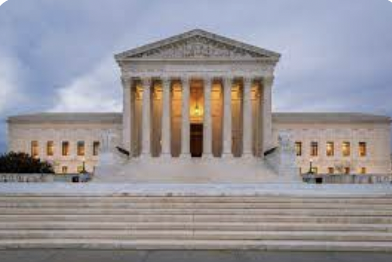
Google, of course, disagrees and says their algorithm is values-neutral. It sees what you interact with and feeds you more of the same. Google’s lawyers argue that their platform is more like a bookstore which simply puts books on shelves and lets people decide for themselves what ideas they want to be exposed to. Following this logic, they’d argue, it’s not their job to censor. One wouldn’t sue a book store for selling a book with inflammatory ideas even if that book influenced someone to do something awful. One might sue the author, but not the book store.
If this case is successful, we could see a major shift in how social media platforms work because these companies make money based on clicks and views. They profit by promoting content you are likely to watch. If they lose the ability to do this they risk losing value and your attention! These apps are free to users because your attention is the product they’re selling…and they make a lot of money selling your attention. They want you to have a large audience because the more users the more money…even if it’s bad for society.
Whether or not the Surgeon General is successful at limiting social media accessibility or the Supreme Court decides to upend Section 230, I hope this musing of mine at least makes you think a little bit about the responsibility we each have as both consumer and author on social media; as a citizen of the world and a caregiver to the relationships in your life. Ask yourself:
- What responsibility do we have to ourselves and others to make responsible choices about what we see and what we share?
- How can we balance our freedom to access information and our right to free speech to promote truth and goodness in the world?
- How can we continue to look out for the more vulnerable in our society regardless of how big our networks become?
- How can we use our voices to promote pro-social values rather than tearing the social fabric apart?
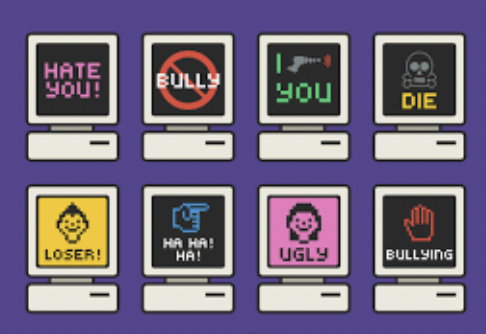
We know that smaller groups are naturally more accountable. As our online audiences continue to grow, consider the difference between living in a small town where everyone knows everyone’s business and living in New York City where many of the people you see daily are and will always be strangers to you. Being known in that small town means real people will look you in the eye when you hurt them and they will expect you to fix the situation. Being anonymous in NYC creates emotional distance and less accountability. If your social media audience is more like NYC, you need to really think about what you’re putting out there and how well you’re actually able to tend to the relationships. Taken to the extreme, anonymity may give you the sense that you could get away with a lot of pretty bad stuff. Anonymity may lure you into behavior you’d be ashamed of if it became known.
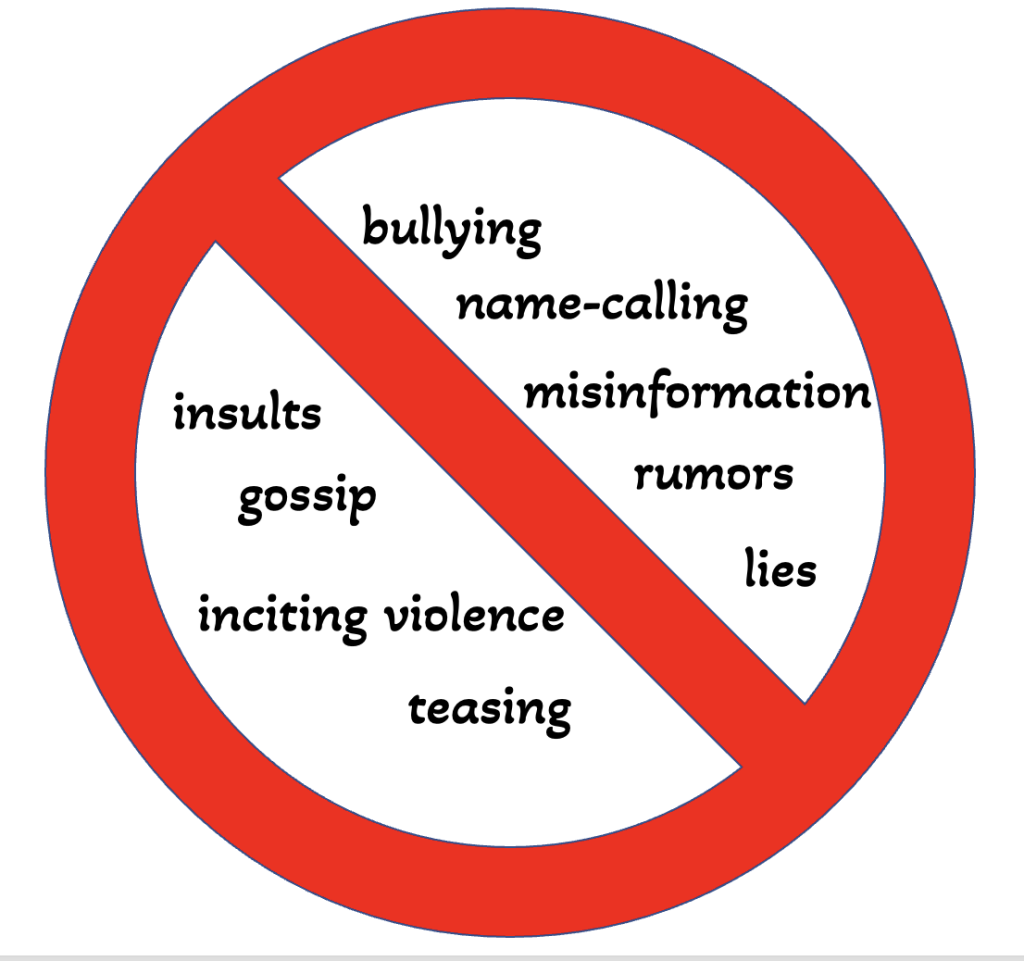
As contributors to this vast online experiment, we all need to remember that real people who are loved by their families and communities are on the other end of our online contributions. Put out into the world what you know will serve others well. As consumers of the limitless Internet content, we need to remember that not everyone has our best interest at heart and what we consume will affect our thoughts, feelings, and behaviors whether we want it to or not. Consume what brings out the best in you. In the end, remember that your REAL circle of support and connection is only about 150 people. Be sure you are doing right by them and not just appeasing the faceless masses.

